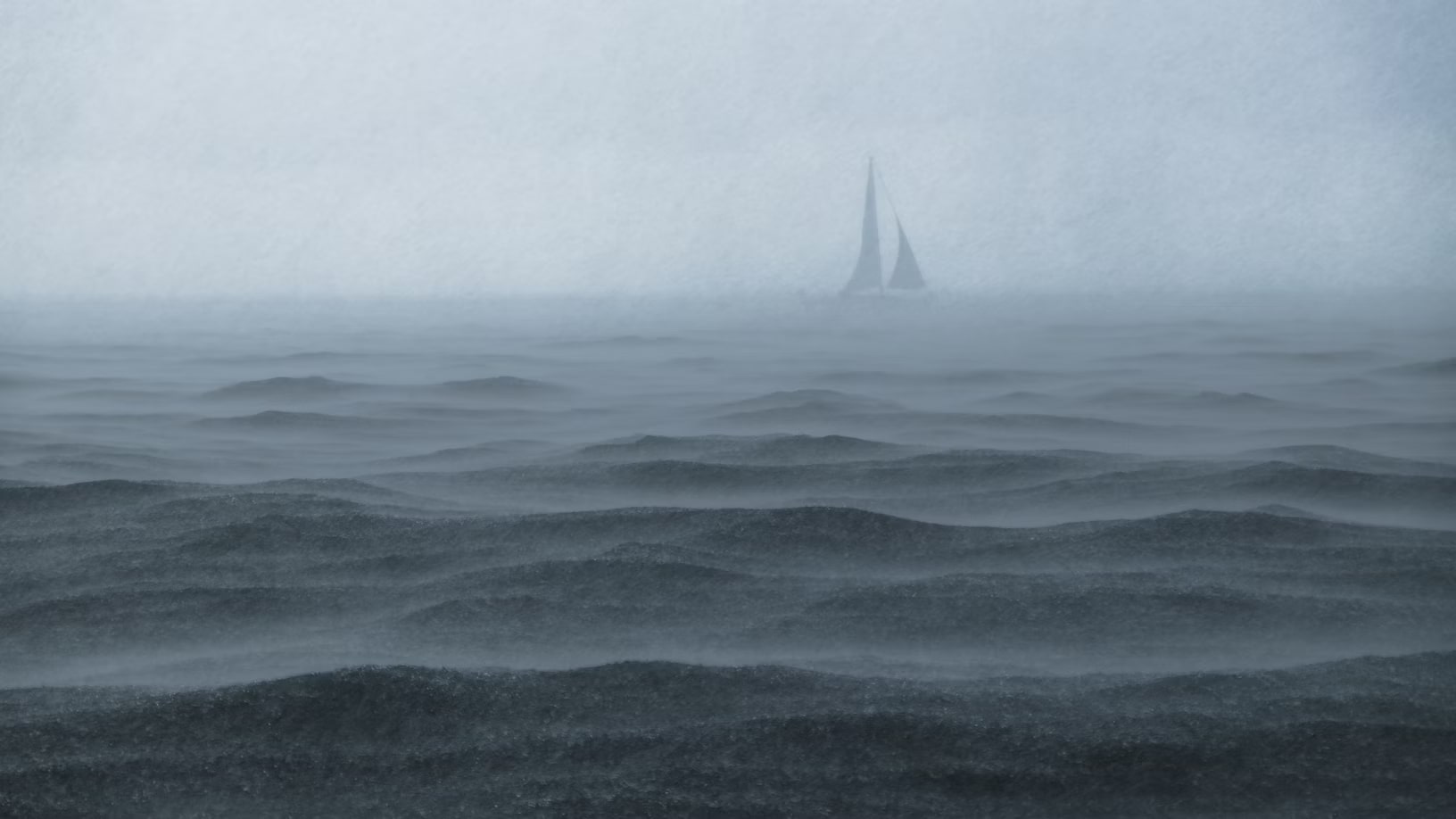
- Blog
-
by Pete Green
If you asked the majority of our yacht delivery skippers and crew what type of weather they dislike most, many would utter the single word: FOG! It renders the most intrepid sailor miserable the most talkative silent and it casts a deep sense of unease throughout the entire crew. If fog strikes at night you can find yourself in a rather desperate situation. This article looks at what causes fog, and what to do if you find yourself out at sea as the mist descends.

What is Fog?
Fog is made up of tiny water droplets all suspended in what is basically a cloud on the ground which contains up to 0.5 ml of water per cubic metre. If you could magically fill an Olympic sized swimming pool with fog and then condense it, you would only be left with around 1.25 litres of water. There is often confusion surrounding fog and mist, the official line is that if you can see more than 1,000 metres it’s mist, but if it is thicker and the visibility drops below 1,000 metres it is fog. Like fog, mist is still the result of the suspension of water droplets, but at a lower density. Mist is usually quicker to dissipate and can rapidly do so even in light winds. Fog is one of the most common weather patterns in the UK and can be seen all year round, but the type of fog varies depending on the season.
Coastal Fog or Advection Fog; this forms in the Spring and Summer
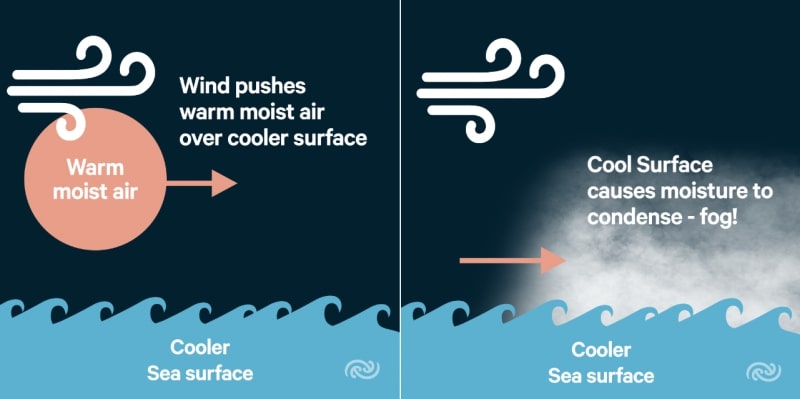
Coastal or Sea Fog is usually a result of Advection Fog which forms when warm moist air moves over a cool surface like the sea. When this happens, the cold air just above the sea’s surface cools the warm air above it until it can no longer hold its moisture. The warm air is forced to condense into tiny particles of water resulting in fog. Coastal fog usually occurs in the spring and summer months when the land and air begin to warm up but the sea, which is slower to warm, remains relatively cool. In the UK, the most common occurrence of Sea/Coastal Fog is when warm air from the continent moves over the cool surface of the North Sea towards the east coast of the UK. With an easterly wind, the east coast can quickly be covered in a blanket of fog.
How long the fog remains depends on the temperature of the land, if it is cool the fog can remain for a longer time than if the land is warm, in which case the fog can dissipate as the parcel of air warms. The winds strength and direction also play an important part in the movement of the fog bank, causing pre-existing fog banks to be transferred from one location to another. The sun is not able to burn off Advection Fog; it will only disperse when a colder drier air mass arrives.
Evaporation Fog; this forms in the Autumn
Evaporation fog forms in a similar way to Advection Fog but this time it is cold air that passes over warm water or land. It often occurs during the autumn when sea temperatures are still relatively warm after the summer but the air is starting to cool. When some of the relatively warm water evaporates into low layers of cold, drier air, it warms the air, causing it to rise and mix with the cooler air allowing condensation and fog to occur. This type of fog can be localised and can happen when cold fronts or cool air masses move over warm seas.
Freezing Fog is often caused by Evaporation Fog. The tiny liquid water droplets are super-cooled and can freeze instantly on exposed surfaces like your boom and decks when these surfaces are at or below freezing point.
Land Fog or Radiation Fog: this forms in the Autumn and Winter
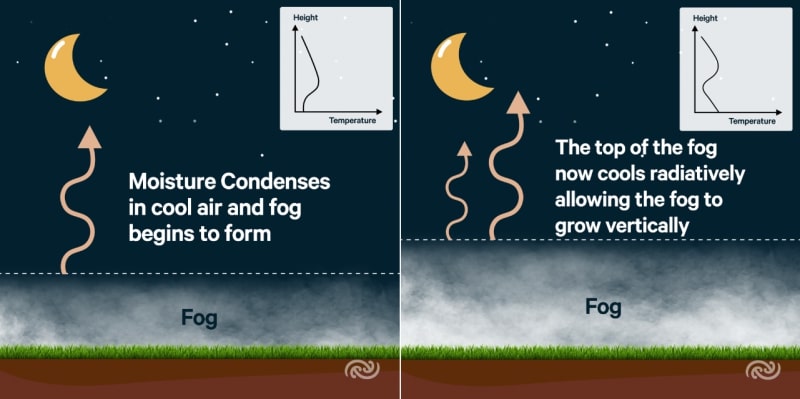
Radiation fog usually occurs in the winter, when conditions favour clear skies and calm conditions. The cooling of land overnight by thermal radiation cools the air close to the ground; this reduces the ability of the air to hold moisture. Fog forms first at the surface, thickening as cooling continues. Radiation fog can drift out to sea via estuaries. It often develops near bodies of water and usually dissipates soon after sunrise as the ground warms.
What should a Sailor do when caught in Fog?
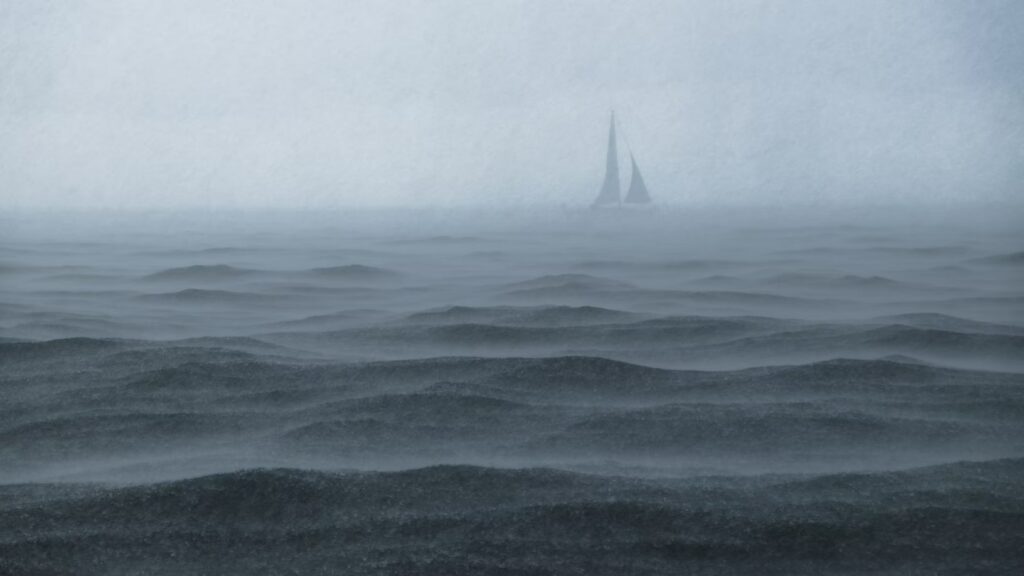
The best thing is not to get caught out in fog so listen to the forecast before you leave. If you are unfortunate enough to find the visibility diminishing all around you, halos developing around navigation lights and a dank dampness in the air, there are several strategies that you can adopt to ensure that you don’t collide with anything and nothing collides with you.
- Fix your position as accurately as you can.
- Double the watch, The Collision Regs. state that this must be done. Ideally one person should be positioned on the bow to listen out for approaching vessels.
- Hoist the radar reflector and man the radar if you have one.
- Turn on the navigation lights.
- Sound your foghorn (1 long blast if you are under power, 1 long, 2 short if sailing).
- Take care of the crew, and ensure everyone is wearing a lifejacket and if necessary, clipped on.
- Listen to the ship’s radio on a port channel to check for commercial traffic.
Once you have put these measures in place, the crew and skipper can decide what to do next. If the fog comes down whilst your boat is in a shipping channel then getting out of that area must be a priority. In open sea, you have the choice of continuing at a safe speed or to hove-to and wait for the situation to improve. If you find yourself relatively close to a safe and familiar harbour it might be possible to navigate your boat into it using depth contours (adjusted for soundings) and radar. The classical method is to run along a contour line outside of the harbour, steer slightly inside of it so the depth begins to diminish, then head back to sea 40 degrees off the contour so that you are seaward of the line, then come in again. You effectively zig-zag your way into the harbour entrance. With any luck there might be a foghorn on the land to guide you.
The other option is to get into shallow water out of harm’s way and anchor. This does leave you at sea and it can be rather disconcerting especially at night but fog can be a very dynamic thing and can go as quickly as it appeared.
Our yacht delivery skippers’ experience
A Halcyon skipper delivered a Bowman 40 in December 2023 from The Medway across The Thames to Ipswich. It was a calm, clear day with little wind and great visibility; the cranes at Felixstowe could be seen from halfway across the Thames. By early evening the boat entered The Orwell via the small boat channel opposite the cranes and the visibility was still good even though it was now dark. That changed very quickly, about a mile past Felixstowe, the channel buoys became hazy and then disappeared within a few minutes. The brightly lit cranes also vanished as freezing fog surrounded the boat so completely that the bow was no longer visible.
The yacht delivery skipper and delivery crew instantly adopted the strategies mentioned above and decided to anchor in shallow water out of the channel and wait for the fog to clear. After two hours, the visibility improved enough for them to proceed up the river but this window of opportunity was brief as the fog descended again after about 30mins. Fortunately, the boat was adjacent to a marina that had hammerhead pontoons in the river and there was a free berth that they could safely tie up to for the night. They completed the yacht delivery the following morning.
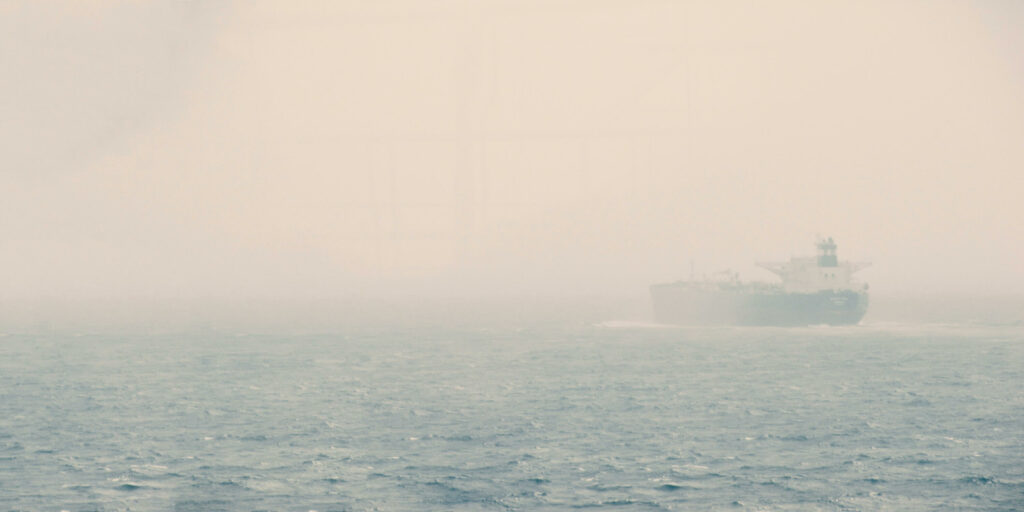
In Conclusion
Fog can form at any time of the year and it is best to avoid being at sea when it does. Careful forethought and an awareness of your options will ensure that you, your crew and your boat are prepared if you do happen to be at sea when a fret rolls in.
Foggy Fact
The Grand Banks, off Newfoundland in the USA, is recognised as the foggiest place on earth with over 200 days of fog a year!

With highly qualified and experienced crew, Halcyon Yachts Ltd offers a dedicated international yacht delivery service. For more information or to see details of their recent deliveries please visit: https://halcyonyachts.com/



